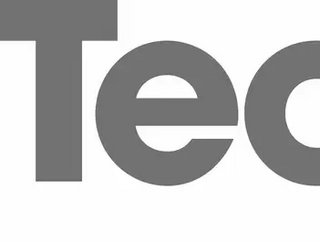OpenAI simulates aeons of natural selection with hide and seek

The relationship between predator and prey has been a guiding force of evolution since the dawn of time. As one population of creatures preys on another, natural selection reshapes the prey into a more resourceful, elusive species, which in turn prompts the predator species to alter its behavior or physiology. If one of the species fails to evolve an appropriate physiological or behavioral tool, it might be driven to extinction. As a result, the predator-prey relationship is often likened to an arms race, as each species rapidly evolves in order to counter the developments of the other.
Populations that are the result of a predator-prey relationship are fitter and better equipped for survival than those who exist without the threat of being consumed (or with a more readily available food supply).
This week, the findings of a new study by non-profit AI and ML organisation OpenAI show the possibilities of using competitive, predator-prey relationships in order to accelerate and catalyse the evolution of new intelligent behaviours in its system.
Founded in 2015, OpenAI has the lofty goal of ensuring “that artificial general intelligence (AGI)—by which we mean highly autonomous systems that outperform humans at most economically valuable work—benefits all of humanity. We will attempt to directly build safe and beneficial AGI, but will also consider our mission fulfilled if our work aids others to achieve this outcome.”
SEE ALSO:
This week, a multi-million generational experiment using large numbers of AI “agents” saw the emergence of complex, intelligent behaviours that mimicked behavioural adaptation in an evolutionary arms race.
Check out the video for a detailed breakdown of the process, but in short: OpenAI’s programmers “observed agents discovering progressively more complex tool use while playing a simple game of hide-and-seek. Through training in our new simulated hide-and-seek environment, agents build a series of six distinct strategies and counterstrategies, some of which we did not know our environment supported. The self-supervised emergent complexity in this simple environment further suggests that multi-agent co-adaptation may one day produce extremely complex and intelligent behavior.”
With AI and ML technologies predicted to create an additional $2.6trn in value for the global economy by 2020, and worldwide spending on cognitive and Artificial Intelligence systems predicted to reach $77.6bn in 2022, the demand for increasingly complex artificial intelligence - with increasing degrees of self-sufficiency - is only going to grow.
OpenAI’s concluding thoughts on the matter are as follows: “We’ve provided further evidence that human-relevant strategies and skills, far more complex than the seed game dynamics and environment, can emerge from multi-agent competition and standard reinforcement learning algorithms at scale. These results inspire confidence that in a more open-ended and diverse environment, multi-agent dynamics could lead to extremely complex and human-relevant behavior.”
- OpenText’s Muhi Majzoub: Engineering Platform Growth with AIEnterprise IT
- OpenText CEO Roundtable: The Future of Safe Enterprise AIDigital Transformation
- OpenText AI: Empowering Businesses in Information ManagementDigital Transformation
- Microsoft in Japan: $2.9bn Investment to Boost AI & CloudCloud & Cybersecurity






